Soba, buckwheat noodles, is one of the essential Japanese dishes like sushi, tempura, or udon. And there are so many ways of eating this dish cold or hot with various condiments or toppings. Please check this link: https://youtu.be/I4-55GjZMAU
Especially in this article, let us focus on the colors of the soba noodles which tell us some stories for savoring Japan. Colors of soba noodles differ for two reasons: first, as a result of the process in making buckwheat flour from soba seeds, and secondly, by adding colors intentionally to its binding agents.
Making Buckwheat Flour from Soba Seeds
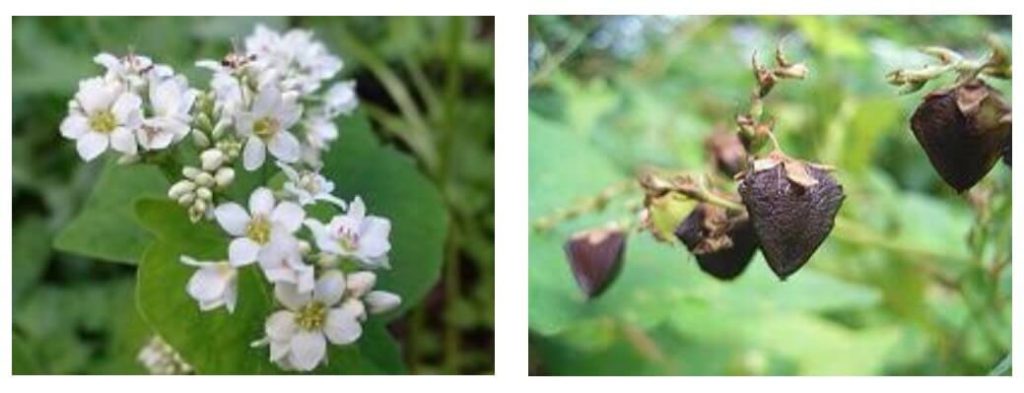
Soba seeds are very stiff outside, so they need to be ground to flour by using ishi-usu (stone mills). However, there are roughly two ways for grinding soba seeds. The first is by peeling the outer shell and grinding it. This is called maru-nuki, and it uses the green type of seeds. The other type uses gen-soba seeds and you grind it directly without peeling its outer skin.


When grinding maru-nuki soba seeds by a stone mill, the white part in the very center of the soba seeds starts to become flour at first, because this part is very soft compared to other parts. It is called the first powder (一番粉) and sarashina (更科).
Please check this link: https://youtu.be/9363k8NHFec
Later, the outer part of the soba seeds gradually becomes flour which is called “the second powder (二番粉), and the third and the fourth powder (三番粉, 四番粉).
In this way, buckwheat flour is ready.
In the case of using gen-soba, the original stiff seeds, it takes much more time to produce soba powders. This way is also called hiki-gurumi (挽きぐるみ) in Japanese.
Generally speaking, you need buckwheat flour, water, and binding agents when you make soba noodles. The choice of the flour, in this case, which powders you choose determines its color. And the taste, the texture, and the nutrients would be different according to its color respectively.
Sarashina (更科): White Soba Noodles
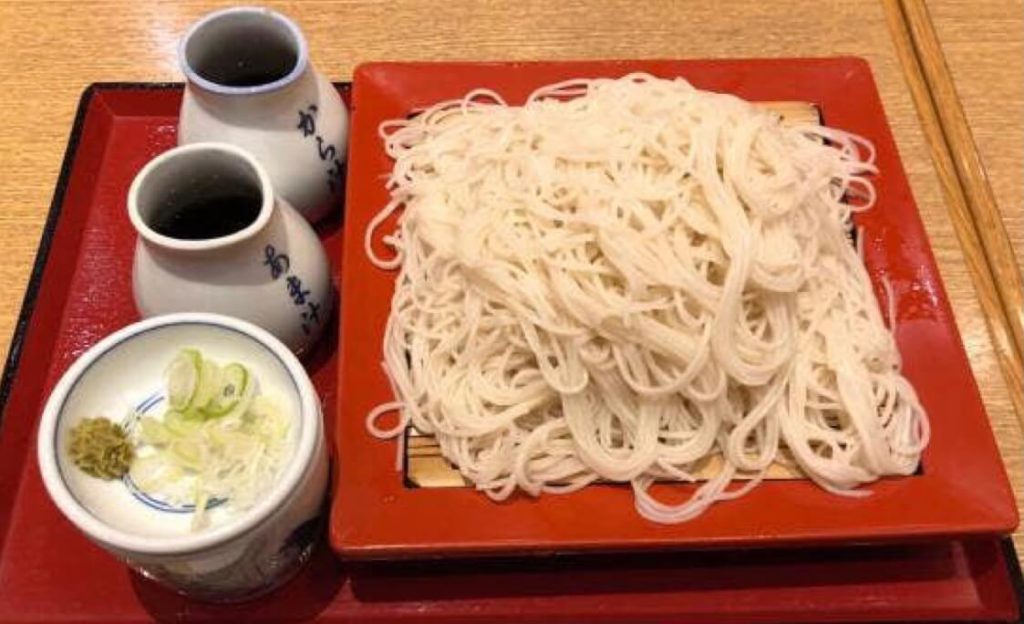

Sarashina soba, which has a pure white color and is made using only the central parts of buckwheat, giving the noodles a soft texture and refined taste. It is usually eaten with a slightly sweet dipping sauce. These white soba noodles are sometimes called gozen soba (御前そば) because this white soba was offered to the Tokugawa Shogunate in the Edo period in 1789.
Sarashina is the name of the place in Nagano Prefecture which is known for its buckwheat production. In the 1780s, the Sarashina 更科 Soba restaurant was opened in Edo (Tokyo). Now the name Sarashina is widely used as the name of soba restaurants in Japan.
Please check this link: https://youtu.be/ZaNPb53in-Y
Also, Please check this link: https://youtu.be/eHibSwmcsRg
Sunaba (砂場): Gray Soba Noodles
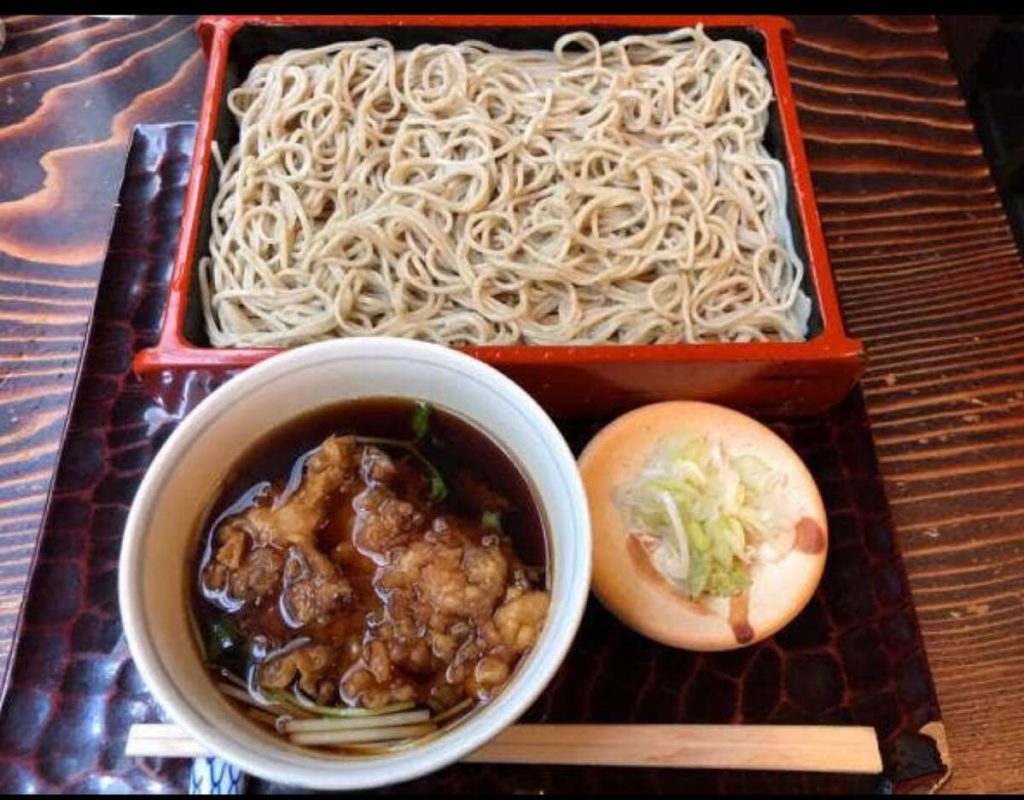

These soba noodles are called hiki-gurumi (挽きぐるみ)
Sunaba literally means “the sand yard,” and there used to be a soba restaurant in the sand yard, which was used as a stockyard for construction near the Osaka castle in the Kansai area. Izumi-ya, a confectionery shop, opened another branch as a soba restaurant there. People nicknamed this restaurant Suna-ba, meaning a soba restaurant which is built in the sand yard. “Suna” (砂) means “sand,” and “ba” (場) means “place” in Japanese, so the name was not a description of foods.
When Tokugawa Ieyasu, the first Shogun of the Tokugawa Shogunate, reigned in Japan, he ordered the rebuilding of Osaka Castle. The construction workers went out to eat soba noodles at the shop.
After the reconstruction of Osaka Castle, this soba restaurant which was nicknamed “Sunaba” moved to Edo (Tokyo) and started their business in the 1600s.
So the soba restaurant Sunaba has a fairly long history compared to other soba restaurants.

Sunaba serves both a gray-colored soba and a white soba. It is also famous for serving tempura for the first time with cold soba in Japan. Their gray-colored hiki-gurumi soba made from gen-soba seeds is regarded as one of their signature dishes, and the dipping sauce is a little bit sweet. The original soba taste and flavor are much stronger in Sunaba Soba than in Sarashina Soba.
Please check this link: https://youtu.be/BQ8xsg0sfgk
Yabu (薮): Green Soba Noodles

History records the name of Yabu Soba in the 1750s as a fabulously tasty soba restaurant. The original name of the shop was Tsutaya (蔦屋) at Hongou Nezu in Edo (Tokyo). Because it was surrounded by a bamboo grove, people called this soba restaurant Yabu Soba (薮蕎麦). Yabu (薮) means “bamboo grove” in Japanese.
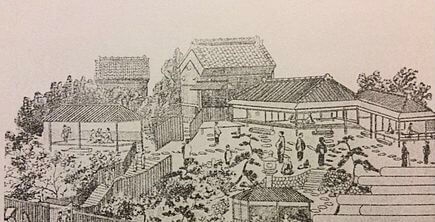
There are a lot of soba restaurants which carry the name of Yabu Soba. Among them, Kanda Yabu Soba (神田薮蕎麦) is famous for its green-colored soba noodles and a dipping sauce which is a little bit salty. This color was the owner’s idea to express summer by using fresh leaves or green skin of soba seeds in the process of making buckwheat flour.
Please check this link: https://youtu.be/rcgVS4uUVhM
Three Big Names of Soba Restaurants in Edo (Tokyo)
The names Sarashina, Sunaba, and Yabu are recognized as three representatives of the Soba restaurants in the Edo era (1603-1868). In Japanese, they are called the 江戸三大蕎麦.


three representative names of soba restaurants
Adding Colors to its Binding Agents
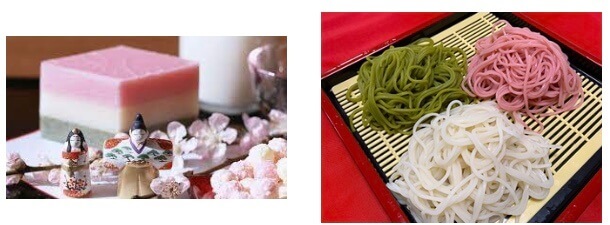
The invention of sarashina soba, a pure white noodle, enables soba chefs to add many different colors. The key element of this coloring is tsunagi (つなぎ), binding agents.
Generally speaking, flours, Japanese yam, or seaweed are used as binding agents.
Eggs, cherry blossom flowers, sesame, and other stuff were widely used as binding agents as well. These colorful sarashina noodles appeared for the first time in the mid and late Edo period (around 1750-1870).
Japanese people have a custom to offer and savor soba noodles at every festive season to pray for longevity and prosperity. People enjoyed soba noodles by adding seasonal colors, regional colors, and celebrating festivals such as Hina Matsuri, a festival for girls in March.
These colorful soba noodles are called kawari soba (変わり蕎麦), which has different colors from ordinary soba.
Here’re some examples:
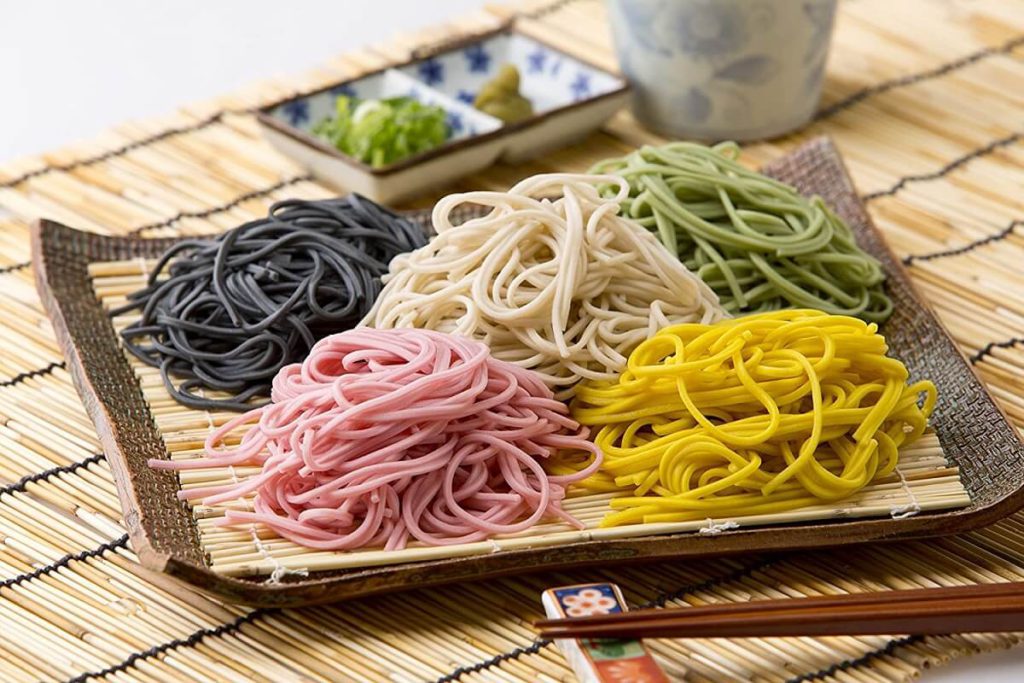
Sakura Kiri Soba (桜切り蕎麦): light pink soba, using cherry blossom as binding agents
Goma Kiri Soba (ごま切り蕎麦): black soba, using sesame as binding agents

Ume (梅, Japanese apricot) Soba from Wakayama and Mie Prefecture
Conclusion
Soba has long been savored by Japanese people as one of the staple, seasonal, or regional foods with special flavors. Since Japan has four distinct seasons and people value the tastes of each season, the soba dish can appear in various ways and is creative not only in eating variations but also in colors itself. And all those soba dishes are supported by pure, natural water gifted from the mountains. This is an indispensable Japanese dish.
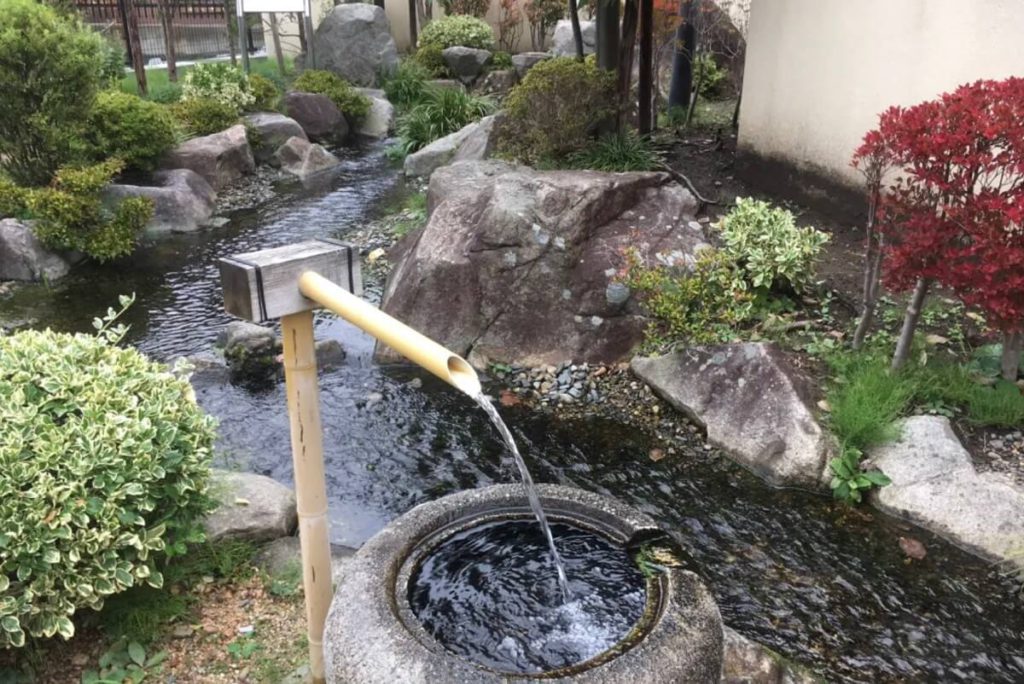
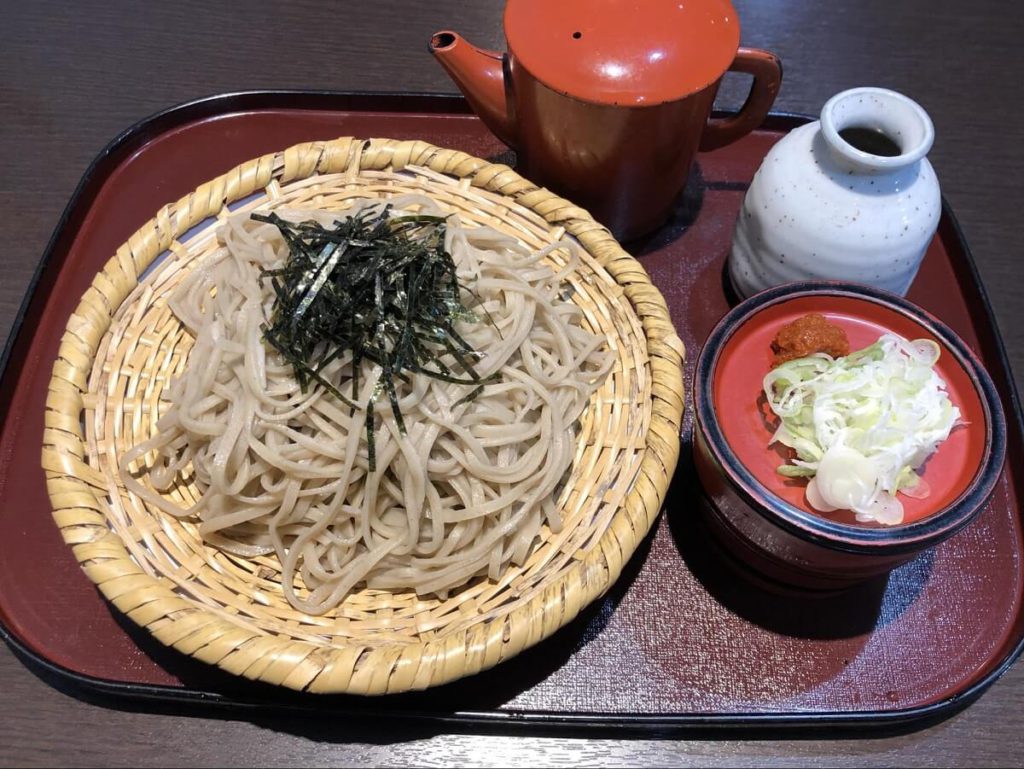
National Tour Guide (English), Eiken Grade 1, TOEIC A rank. Have been studying and teaching English for over 30 years.



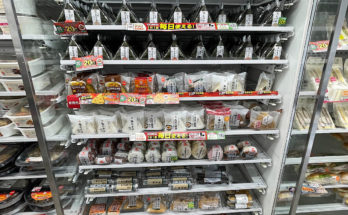

 HTJ has a YouTube page! Check it out
HTJ has a YouTube page! Check it out
Thank you for sharing the interesting aspects of soba!
I didn’t know about pink and yellow soba.
It must be very useful for tasty and beautiful Japanese food.
Thank you very much for reading my article on Soba and leaving a comment to my post.
White, gray, and brown colored soba are due to its making process, however, pink or yellow soba are kinds of ideas to reflect the season or festive time in Japan. Please enjoy savoring Soba and Japanese culture.